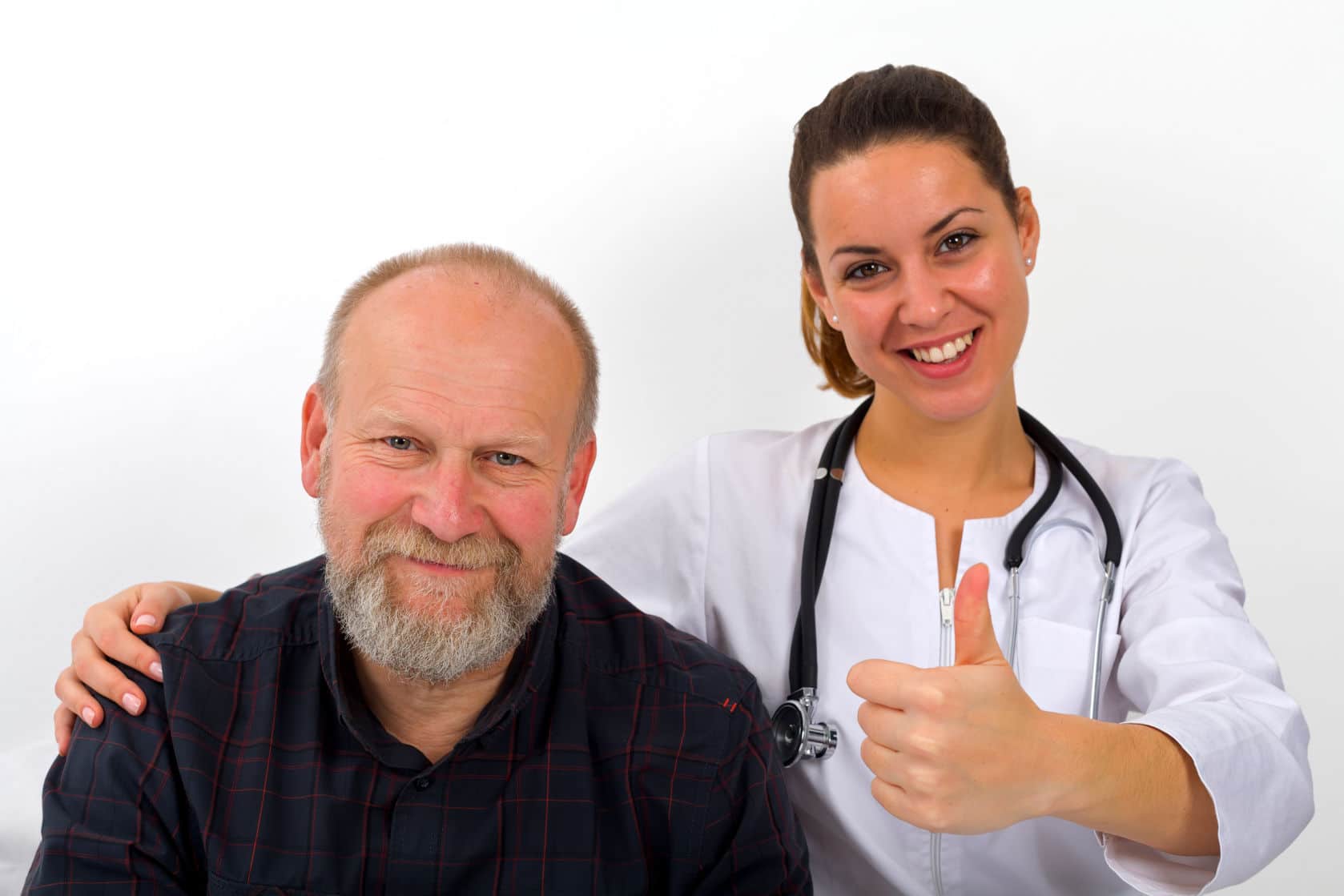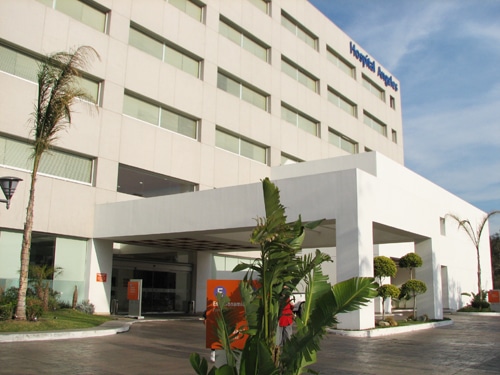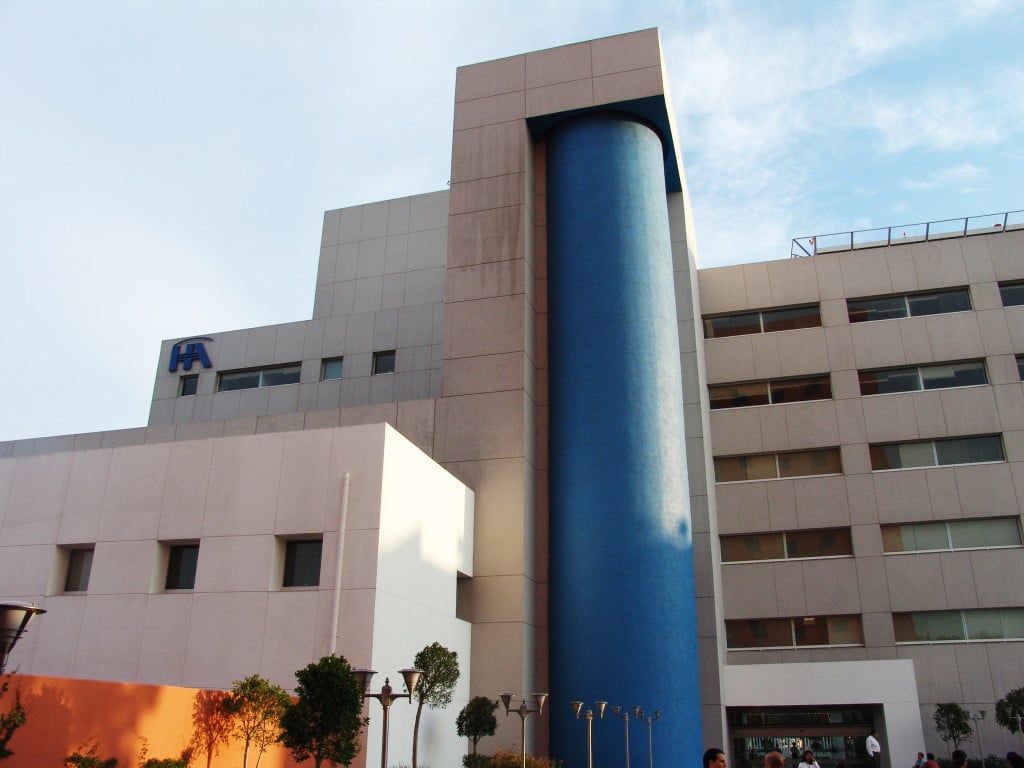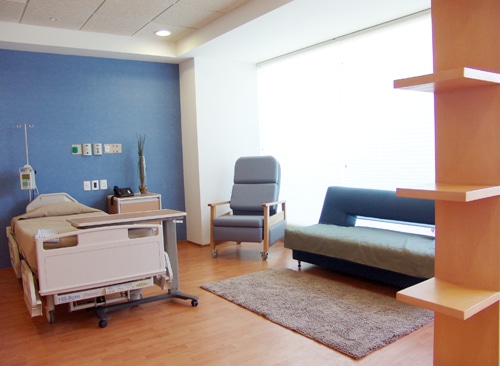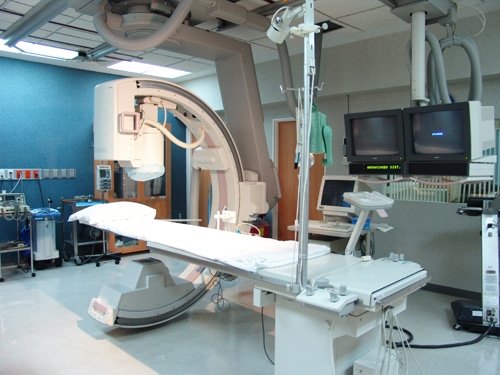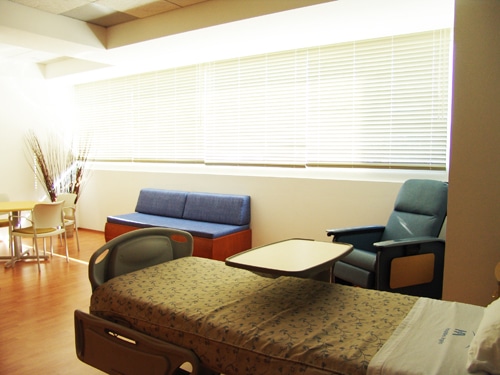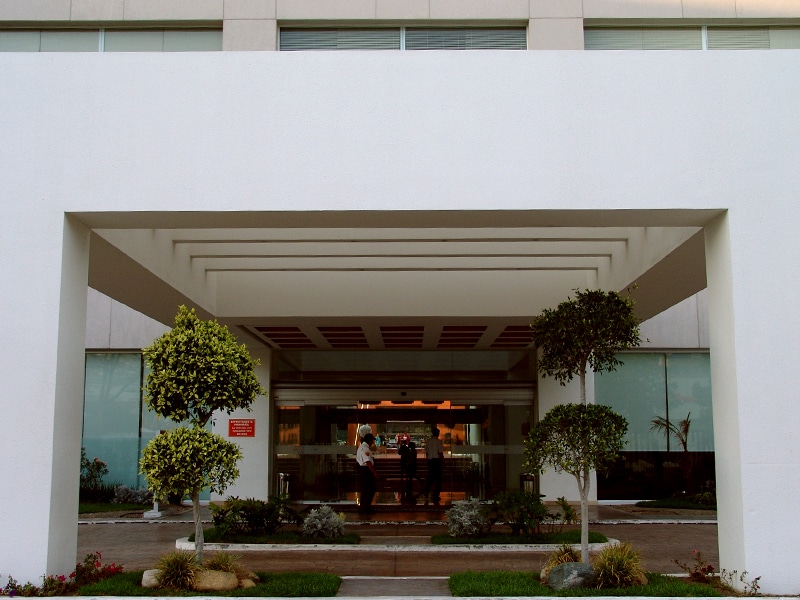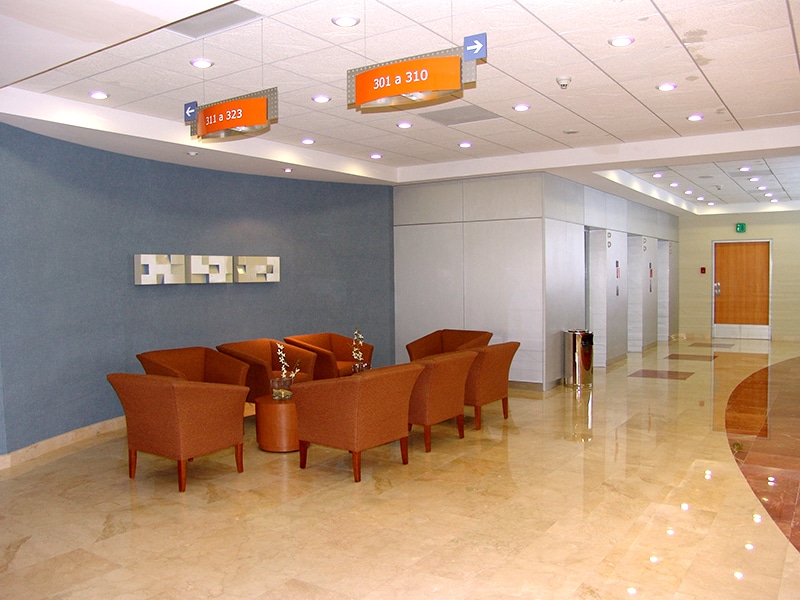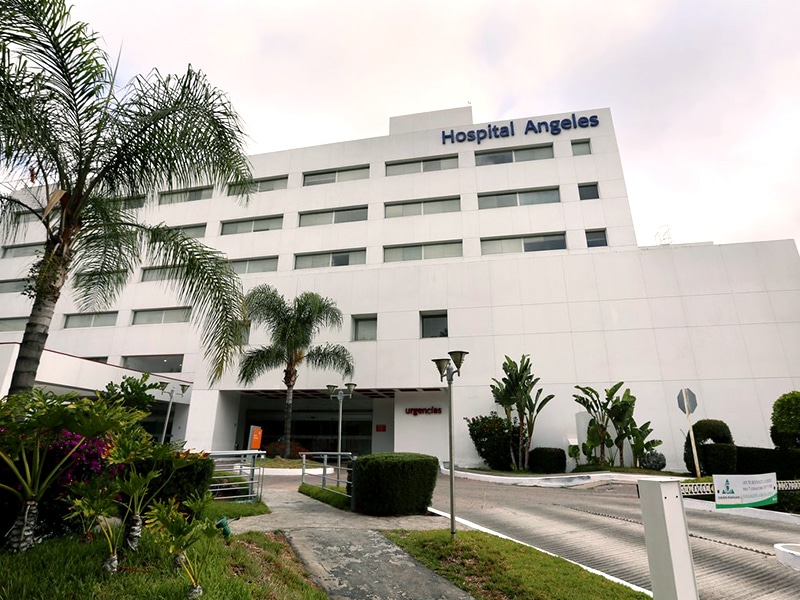Stem Cell Treatment Center in Tijuana, Mexico
Chief Medical Director Dr. Cesar Amescua
Stem Cell Therapy Mexico is the leading and most trusted name for stem cell treatments in Tijuana, Mexico. We help patients of all ages from around the globe, who suffer from complex illnesses and health conditions, which are believed not treatable through conventional medicine
Stem Cell Therapy Mexico Patients
Our patients are our biggest advocates, listen to their stories,
questions, doubts, experiences.
Thank you Pamela for sharing your Stem Cell experience with us.
Enjoy the journey as you strive for wellness. Thank you so much for trusting us Melisa
Thank you Alexander for sharing your Stem Cell journey.
Stem Cell Therapy Mexico
Clinic & Hospital Center
Stem Cell Therapy Mexico is a leading and certified clinic for stem cell treatments in Tijuana, Mexico. We treat patients from all over the world and all ages, who suffer from complex illnesses and health conditions, which have been labeled as: “Not Treatable” or conventional medicine has failed to help them.
Request a Free Evaluation
Receive specialist evaluation in less than 48hrs.

